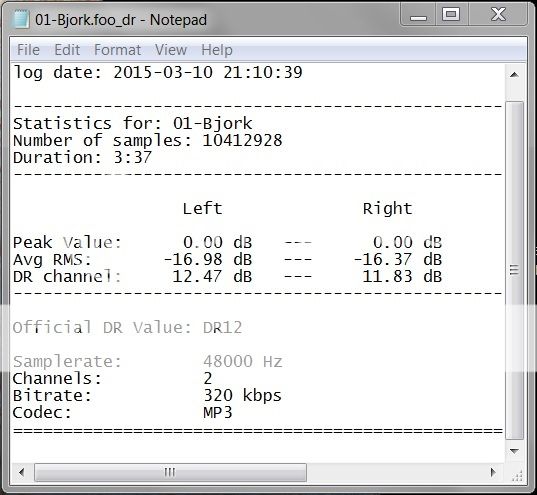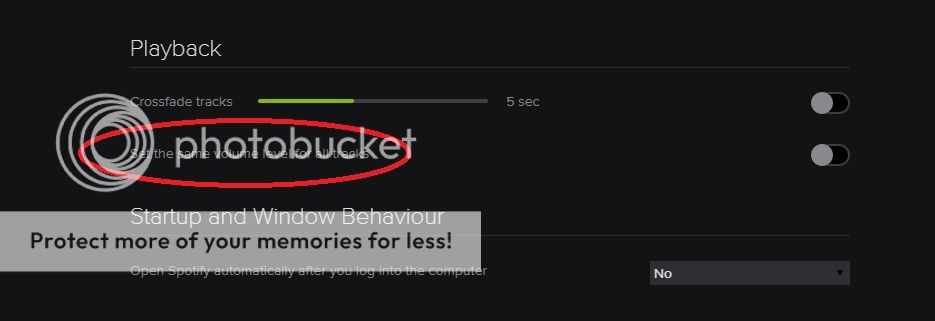darrenyeats
pfm Member
Thanks Julf.
No it is reducing the dynamic range which is a different thing.Isn't it just adjusting all tracks to the same level so you don't have to adjust with your own volume control?

They're already aware of it.Please send the results to Spotify and ask them why they have made this change.
QUOTE
"Fourth - Spotify’s options clearly allow you to enable or disable “Volume Normalisation”. I wrongly assumed that Spotify disabled all processing when normalisation was off.
Big mistake.
As I described in the original post, Spotify has a limiter which stops quieter, more dynamic tracks being distorted when their volume is boosted by the normalisation feature. What I didn’t realise is that this limiter is always on - even when “Volume Normalisation” is off.
At first sight this may sound bizarre – why would you need a limiter, if you aren’t changing the level of any songs ? And even if it’s on, why would it be doing anything to audio whose level hasn’t been changed ? The answer is the final factor I failed to take account of:
Inter-sample decoding peaks
There’s a reason Spotify’s limiter is enabled all the time – that’s because most CDs recorded today, when decoded from mp3, AAC or Ogg Vorbis files – as in Spotify’s case – contain inter-sample peaks. There’s not enough space here to discuss them in detail, but the short version is – most CDs mastered in the last few years will be going “into the red” when they are decoded.
So, a player like Spotify needs to make a decision – should the resulting audio just be allowed to clip, should it be turned down, or should it be limited, in an attempt to minimise the distortion ?"

